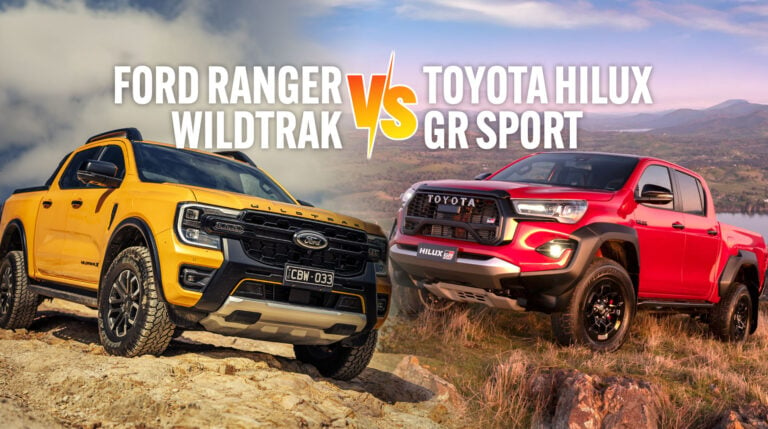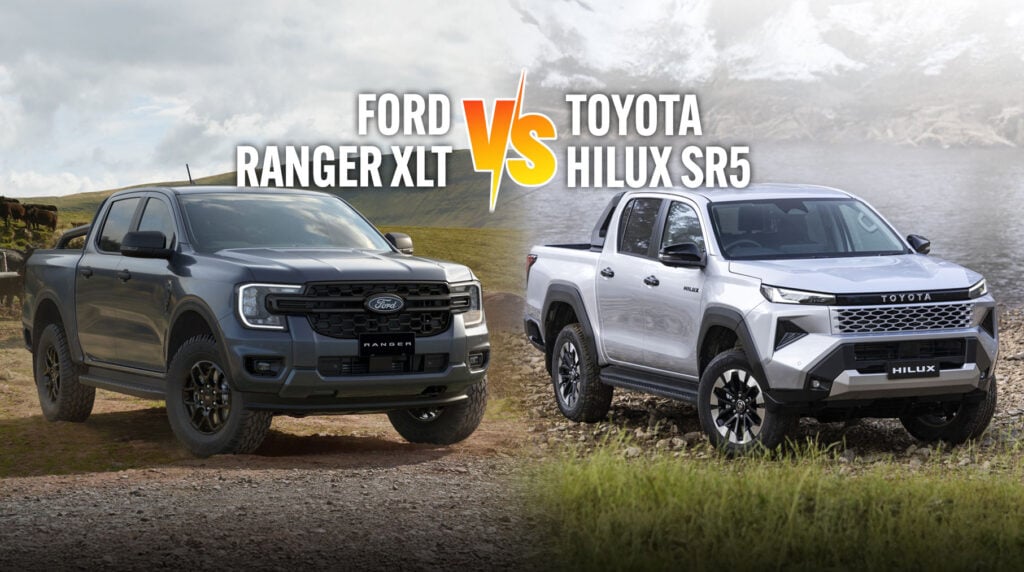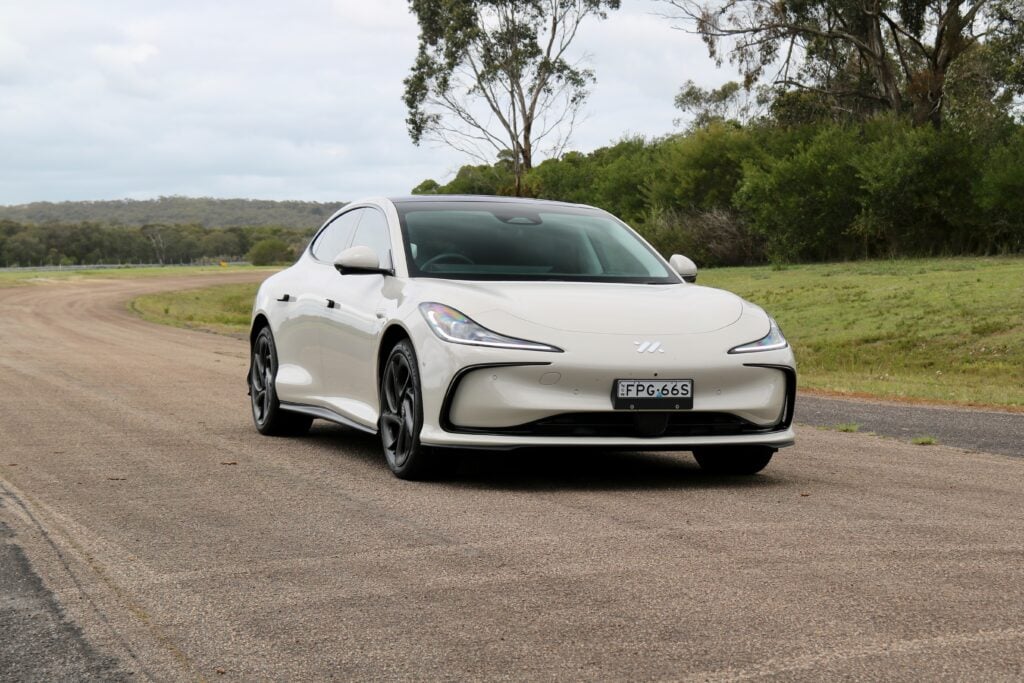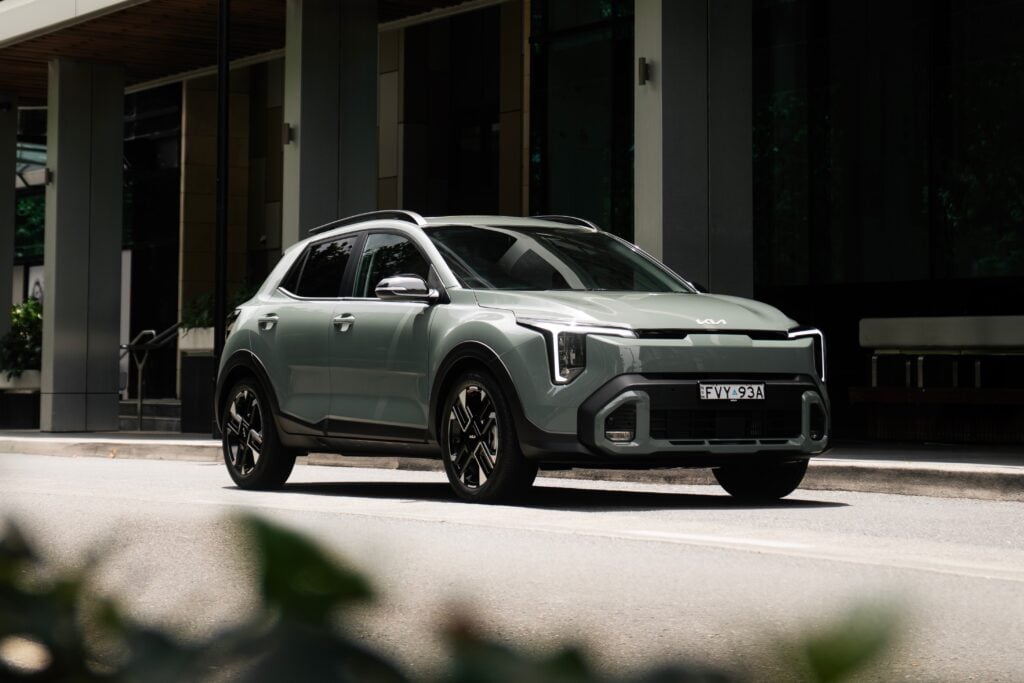It’s the defining vehicular battle of our times. Just as Ford’s Falcon battled for decades for Australian sales supremacy with the Holden Commodore, its Ranger dual-cab now dons the gloves against the Toyota Hilux.
For many years the Toyota had the upper hand, but the arrival of the RA-series Ranger in 2022 has swung the pendulum back in favour of the Blue Oval.
Despite the current Hilux’s advancing age, it remained Australia’s third-most popular vehicle in 2024, so thousands of buyers are still wondering whether the Ranger or Hilux is the better purchase.
To shed some light on that question, we’re taking a look at the Ford Ranger Sport and Toyota Hilux SR5, variants that sit at the very heart of their respective ranges, to see if one has the upper hand.
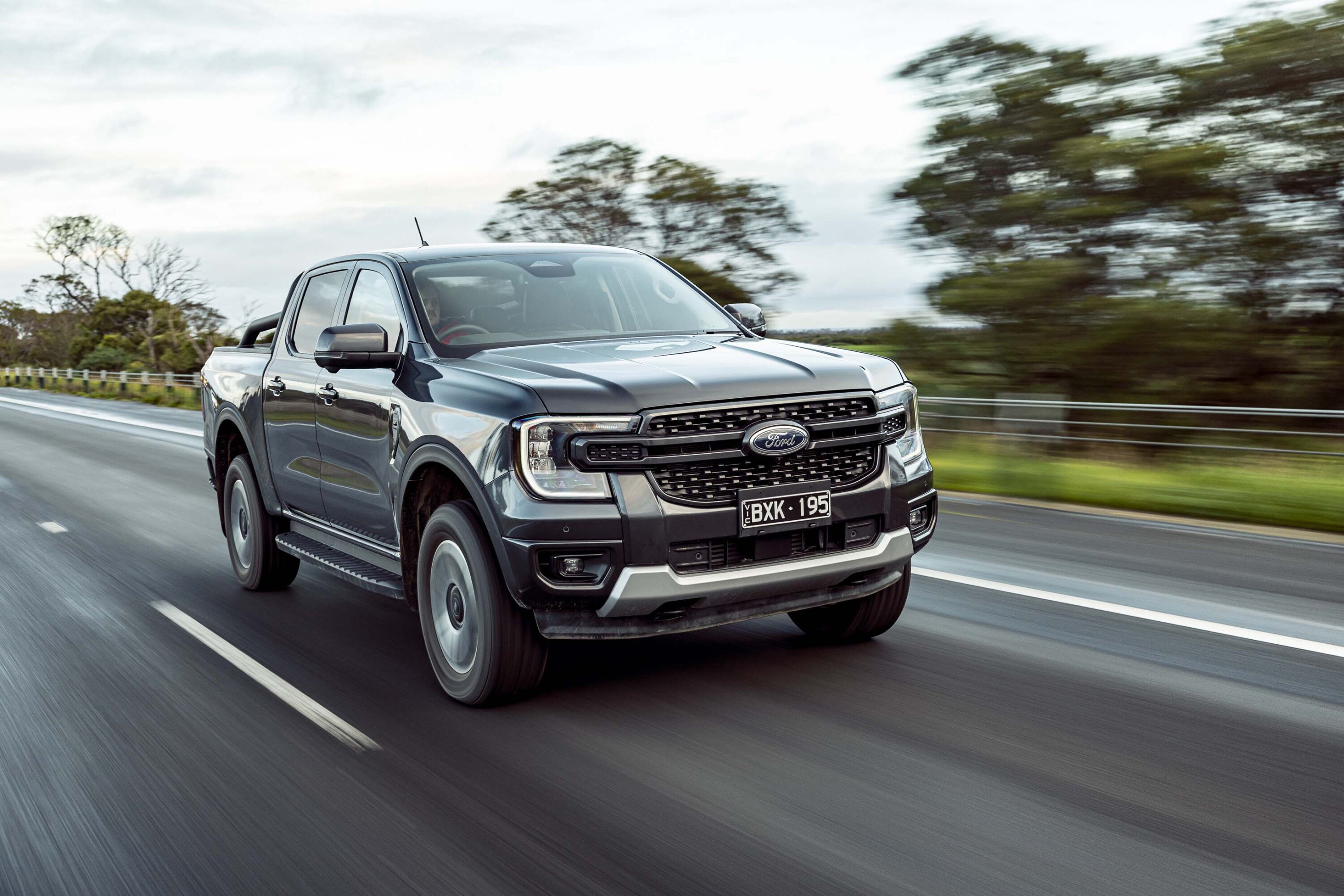
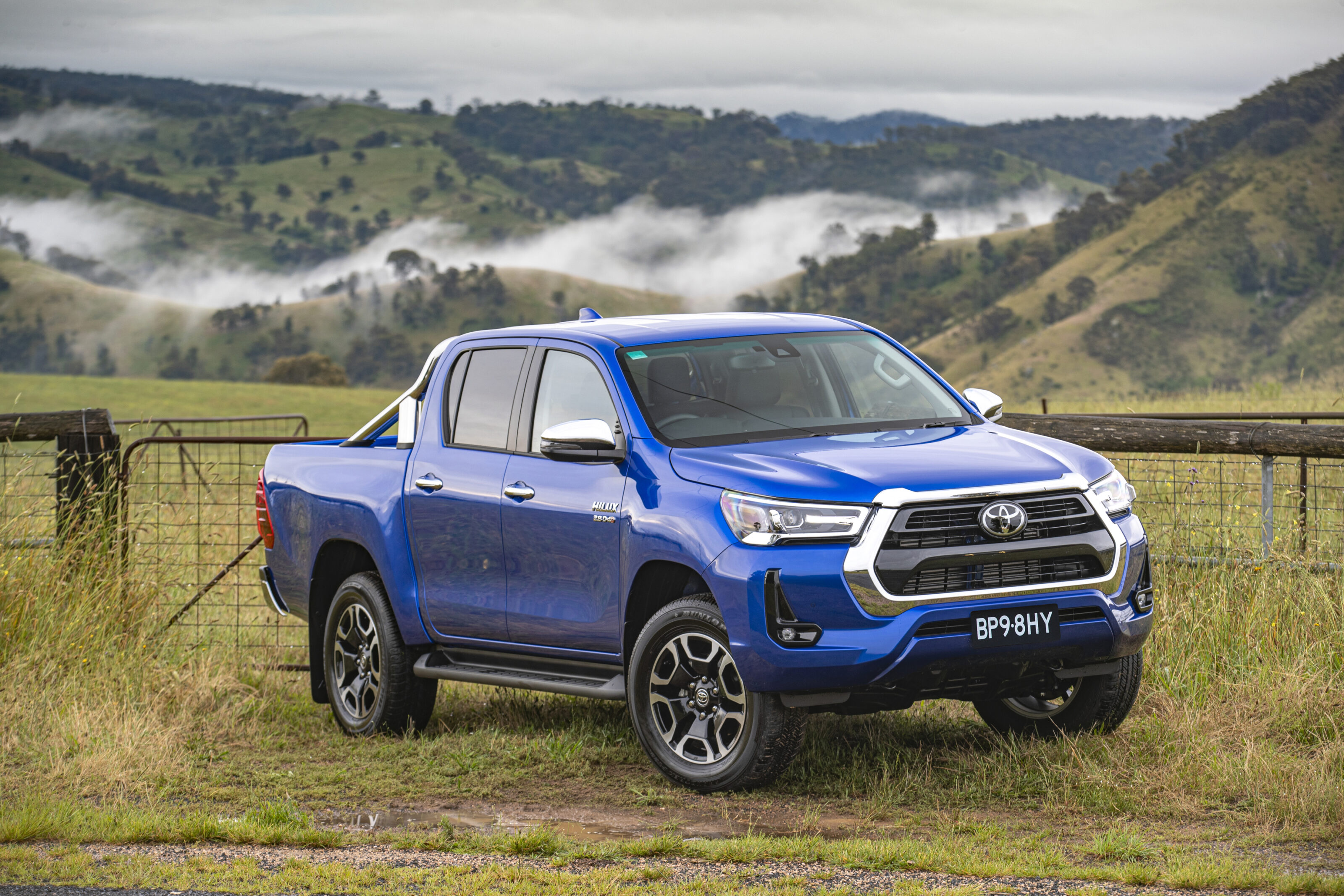
Pricing and Features
There are a pair of both the Ford Ranger Sport and Toyota Hilux SR5 to choose from, though the choices don’t mirror one another. On the face of it the Toyota has a decisive price advantage, starting at $60,670 plus on-road costs for the six-speed manual, with the six-speed auto and its 48v mild-hybrid system offered at $63,260 (+ORCs).
However, add the Premium interior (which better matches the Ranger Sport’s specification) and the Hilux costs $65,760 (+ORCs). Like-for-like, the base Ranger Sport auto is $66,140 (+ORCs), but there is also the option of V6 power that comes with a hefty premium at $71,340 (+ORCs).
In Toyota-land, this price tag puts you within a whisker of the Hilux Rogue ($71,530 +ORCs). Conversely, matching the cost of a non-Premium Hilux SR5 only gets you a Ranger XLT, but the ranges of these utes are so diverse and closely matched that this tit-for-tat could go on ad infinitum.
Both manufacturers offer a five-year/unlimited kilometre warranty, but Toyota will add another two years of drivetrain coverage if you service at official dealers. Then again, Ford tops up your roadside assistance with every service while Toyota charges between $99-$139 per annum.
When it comes to servicing, Ford charges either $2550 (2.0) or $2680 (3.0) for the first five visits, required every 12 months or 15,000km, though a prepaid servicing plan is available for $1516. Toyota requests the Hilux gets attention every six months or 10,000km and capped price servicing only applies for the first three years/six visits, so over the first five years/10 visits you’re looking at $4072.46 for the manual or $4074.98 for the automatic.
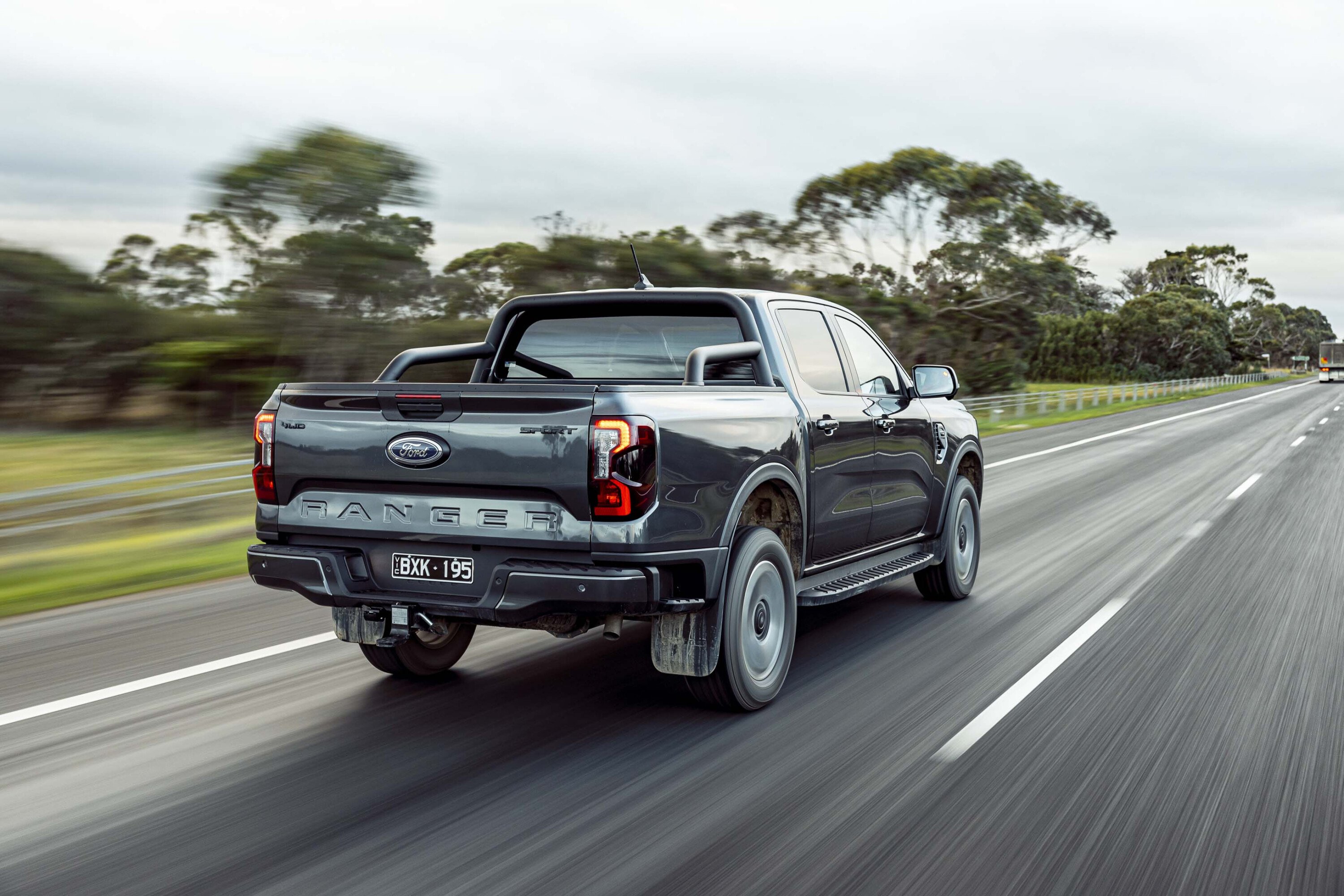
In terms of features, the Ranger Sport has everything you need and a few things you want, without going overboard. Standard are 18-inch wheels, LED lights all around, underbody protection, leather accented upholstery, an eight-way power adjustable driver’s seat, six-way manual passenger seat, dual-zone climate control and wireless phone charging.
Infotainment is handled by a 10.1-inch portrait touchscreen with wireless smartphone mirroring, AM/FM/DAB+ radio, an embedded modem with FordPass app connectivity and there are six speakers.
The optional $1650 Touring Pack is decent value, adding the cargo management system, auxiliary switch bank, 360-degree camera, puddle lamps, zone lighting and Pro Trailer Back Up Assist. Prestige paint – anything but solid white – is $700.
Like the Ranger, the Hilux wears 18-inch wheels and offers (front) LED lighting, dual-zone climate control, wireless phone charging (auto only) and the Premium interior includes leather upholstery and powered driver’s seat, while the Toyota one-ups the Ranger with heated front seats and an air-conditioned cooler box.
An 8.0-inch touchscreen handles the infotainment with wired smartphone mirroring, AM/FM, DAB+ radio, sat-nav and three years complimentary access to Toyota Connected Services, while again there are six speakers. As with the Ford, you’re paying extra for anything other than solid white, in this case $675.

Dimensions
As the table below illustrates, the Ford Ranger is decisively the bigger vehicle, but that might not always be of benefit, especially in terms of width.
The Hilux also has the larger tray, though the Ranger offers an extra 10cm or so between the wheelarches, which may be pivotal depending on what you need to carry.
Ford also gives you more amenities, with a drop-in bedliner, tub lighting and a 400w inverter, whereas the Toyota has just the bare bones with four tie-down points.
Powertrains
As mentioned in the opening section, both the Ford Ranger XLT and Toyota Hilux SR5 come with a pair of engine offerings. The latter features a 2.8-litre four-cylinder turbodiesel that produces 150kW/420Nm in six-speed manual guise.
Selecting the automatic option lifts this to 150kW/500Nm and also adds Toyota’s 48v mild-hybrid technology, reducing claimed combined fuel consumption from the manual’s 8.0L/100km to 7.2L/100km.
In standard guise, the Ford Ranger Sport uses a 2.0-litre bi-turbo four-cylinder diesel producing 154kW/500Nm through a 10-speed automatic, which claims the same 7.2L/100km combined figure as the auto Hilux.
As a V6 this rises to 8.4L/100km, but in our experience both engines use remarkably similar amounts of fuel in the real world due to the larger engine having an easier time of it.
Chassis and Towing
The Ford Ranger is the more modern vehicle – unsurprising given its origins date back to 2022 not 2015, as with the Hilux – with electrically assisted power steering and disc brakes on all wheels. The Hilux makes do with hydraulically assisted steering and rear drum brakes.
Suspension for both is independent double wishbones at the front and leaf-sprung live axles at the rear. In terms of load-carrying capacity, a cursory glance suggests the two are lineball, but it’s worth digging a bit deeper, as the below table shows.
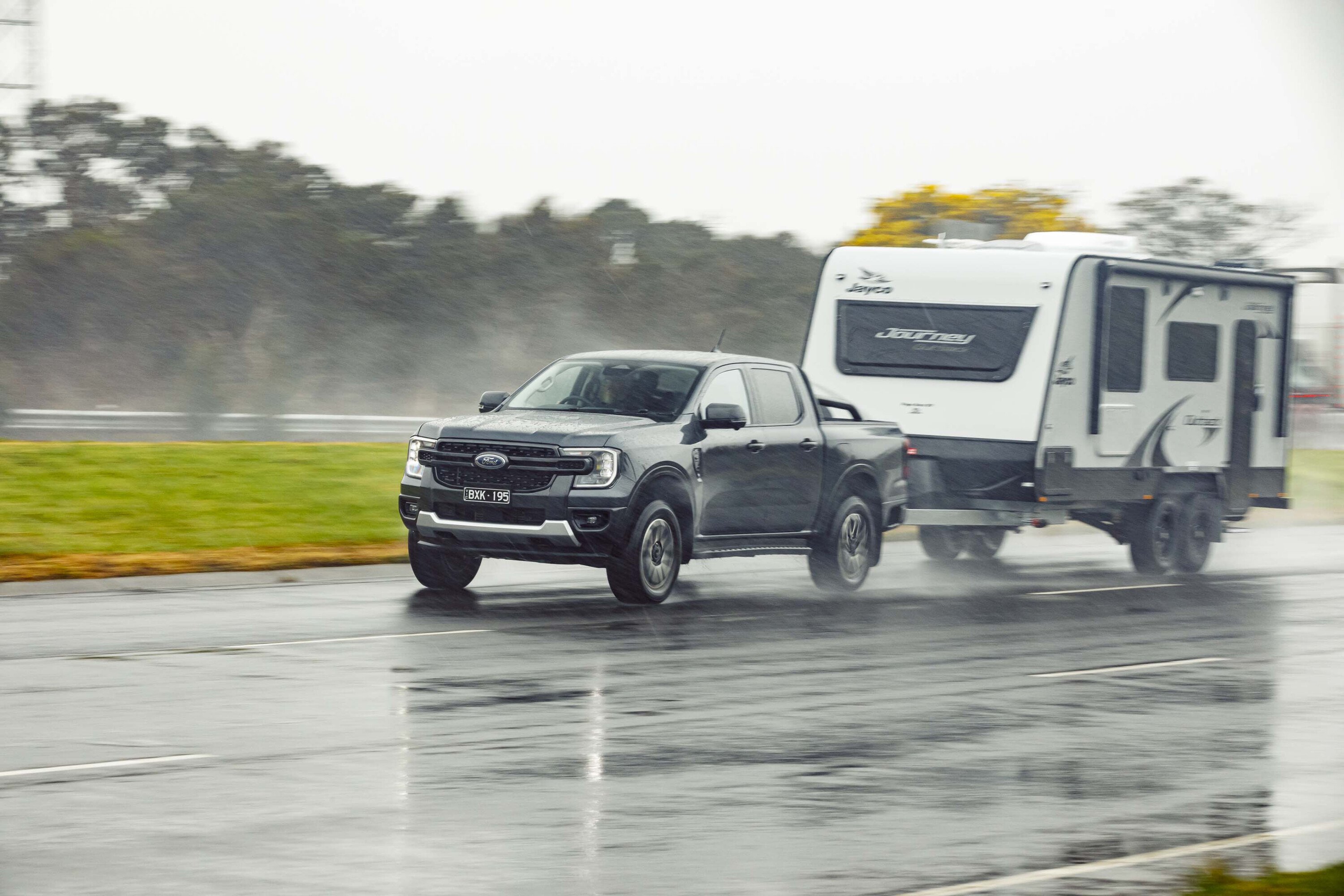
As you can see, while most of the numbers are very similar, the Hilux’s GCM limitation means the Ranger has much more payload flexibility when towing heavy loads.
Off Road
The typical caveats apply here. In standard guise with an appropriate set of tyres, both these utes should conquer anything the majority of owners put in front of them, and anyone needing greater capability will turn to the aftermarket.
Toyota’s traction control system is the benchmark, though Ford’s is very good, and the Ranger has the advantage of retaining the electronics with the rear diff locked. Ironically, the Hilux is less effective with the rear diff locked in most circumstances as the lack of traction control makes it essentially three-wheel drive.
Another useful feature of V6 Rangers – and selected four-cylinder variants like the Wildtrak X and Tremor – is the ability to run in full-time four-wheel drive, even on sealed surfaces. With so much torque and limited rear grip, it adds another layer of confidence.
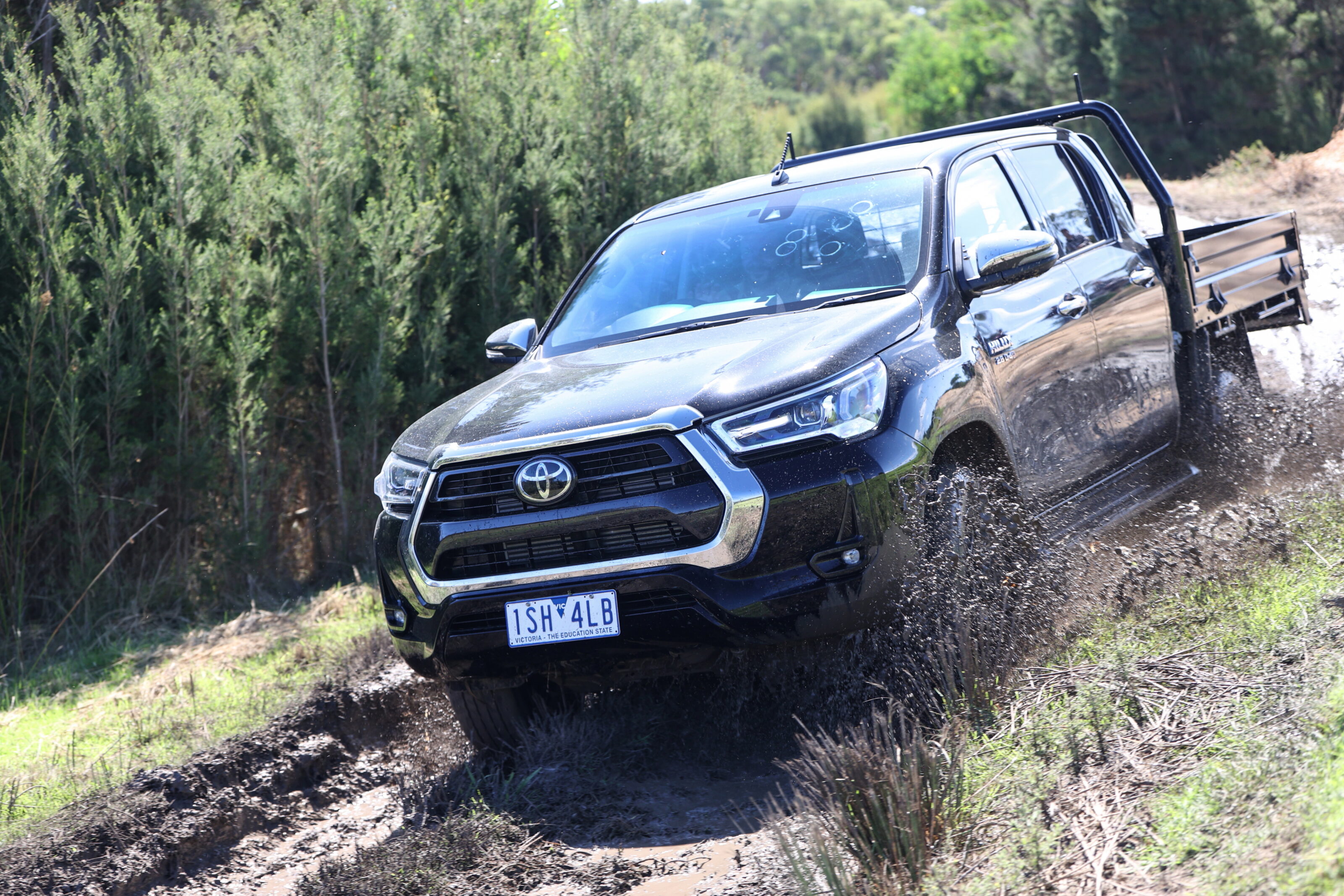
Safety
The Ford Ranger is as safe as utes get with a five-star ANCAP rating from 2022, thanks to nine airbags and a swathe of well-calibrated driver assist systems like auto-emergency braking (AEB), lane-keep assist, adaptive cruise control with stop-and-go function and much more.
While the Hilux’s five-star ANCAP rating is much older, being from 2019, the Toyota’s safety offering is much more contemporary than the ratings suggest. It has seven airbags, active cruise control, AEB, lane-keep assist, blind-spot monitoring and a panoramic view monitor for parking assistance.



